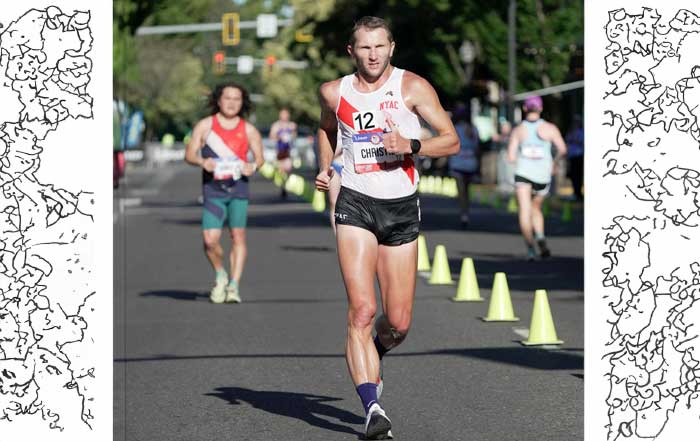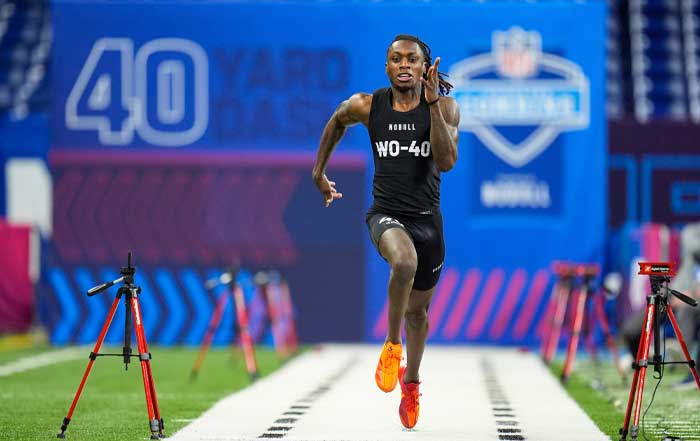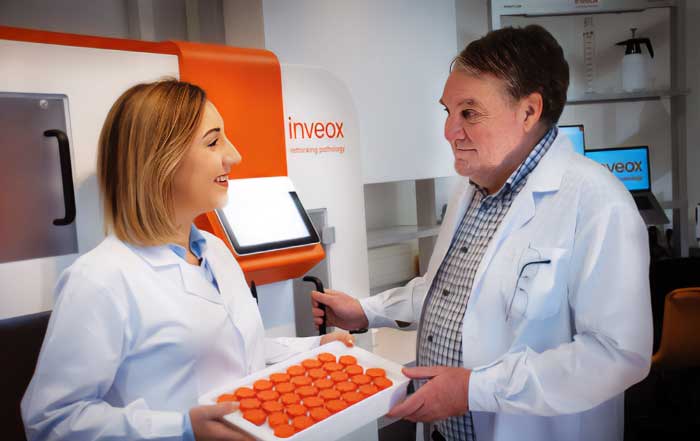The United Kingdom has emerged as a premier destination for fitness enthusiasts seeking to combine wellness with travel. With its diverse landscapes—from rugged coastlines to serene countryside—the U.K. offers an array of fitness retreats tailored to rejuvenate both body and mind. Jump over and find some of the top fitness retreats in the U.K., looking into their unique offerings and what sets them apart in the wellness industry.
The Rise of Fitness Retreats in the U.K.
In recent years, there has been a significant uptick in the number of individuals prioritizing health and wellness. This shift has led to the burgeoning popularity of fitness retreats across the U.K. These retreats provide an immersive experience, allowing participants to break away from their daily routines and focus entirely on their well-being. The combination of expert-led fitness programs, nutritional guidance, and tranquil settings creates an ideal environment for transformative health journeys.
Key Factors to Consider When Choosing a Fitness Retreat
Selecting the right fitness retreat involves considering several crucial factors to ensure it aligns with personal health goals and preferences.
Program Offerings
Different retreats specialize in various fitness disciplines, such as yoga, Pilates, boot camps, or holistic wellness programs. It is essential to choose a retreat that offers programs catering to specific fitness interests and objectives.
Location and Setting
The retreat's location can significantly impact the overall experience. Whether nestled in the countryside, perched on a cliffside, or set within a historic estate, the surroundings contribute to the ambiance and can enhance relaxation and focus.
Facilities and Amenities
State-of-the-art facilities, comfortable accommodations, and additional amenities like spas or swimming pools can add value to the retreat experience, providing opportunities for rest and rejuvenation after intense workout sessions.
Expert Instructors and Staff
Qualified and experienced instructors are pivotal in guiding participants through their fitness journey, ensuring exercises are performed safely and effectively while providing motivation and support.
Top Fitness Retreats in the U.K.
Below is an in-depth look at some of the most esteemed fitness retreats in the United Kingdom, each offering unique programs and experiences.
The Body Retreat
Overview
The Body Retreat is renowned for its women-only wellness programs designed to foster a supportive and empowering environment. Established with the mission to help women achieve sustainable health changes, the retreat focuses on holistic well-being.
Programs Offered
The retreat offers a variety of programs, including weight loss retreats, stress management, detox, and menopause retreats. Each program is meticulously crafted to address specific health concerns, combining physical activity with nutritional education and mindfulness practices.
Facilities and Accommodation
Participants are accommodated in luxury private estates featuring modern amenities. The facilities include fully equipped fitness studios, outdoor training spaces, and relaxation areas. Nutritionally balanced meals are prepared by in-house chefs, emphasizing whole foods and seasonal ingredients.
Location and Surroundings
Locations vary but are often set in tranquil countryside settings in Somerset or Dorset, providing a serene backdrop conducive to relaxation and focus. The natural surroundings are utilized for outdoor activities like hiking and mindfulness walks.
Website
For more information, visit The Body Retreat.
Yeotown Health Retreat
Overview
Yeotown is an award-winning health retreat situated in the picturesque landscapes of North Devon. It emphasizes a balanced approach to wellness, integrating physical fitness with mental well-being.
Programs Offered
Yeotown's signature program is a five-day health and fitness retreat that incorporates hiking, yoga, core strengthening, and mindfulness meditation. The program is designed to challenge participants physically while providing tools for long-term health maintenance.
Facilities and Accommodation
The retreat features luxury accommodations with a rustic charm, including well-appointed bedrooms and communal spaces. Facilities include a yoga studio, a sauna, and massage rooms. Meals are plant-based and designed to nourish and detoxify the body.
Location and Surroundings
Set amidst rolling hills and close to the coast, Yeotown leverages its natural surroundings for activities like coastal hikes and outdoor fitness sessions. The serene environment enhances the retreat's focus on mental clarity and stress reduction.
Website
Learn more at Yeotown.
Champneys Health Spa
Overview
Champneys is one of the U.K.'s most established health spa chains, with several locations offering comprehensive wellness services. With a history dating back to 1925, Champneys combines traditional spa treatments with modern fitness programs.
Programs Offered
Champneys offers a wide range of programs, including boot camps, yoga retreats, and specialized workshops like Pilates and tai chi. Fitness classes are complemented by spa treatments, nutritional consultations, and wellness assessments.
Facilities and Accommodation
Facilities are extensive, featuring swimming pools, gyms, tennis courts, and spa areas with steam rooms and saunas. Accommodations range from standard rooms to suites, all designed with comfort and relaxation in mind.
Location and Surroundings
Locations such as Tring in Hertfordshire and Forest Mere in Hampshire are set in sprawling estates with manicured gardens and natural woodlands. These serene settings provide an escape from urban life and promote tranquility.
Website
Visit Champneys for additional details.
Wildfitness
Overview
Wildfitness offers a unique approach by focusing on natural movement and outdoor activities. The retreat aims to reconnect participants with nature while improving fitness through functional movements.
Programs Offered
Programs include intensive courses that incorporate activities like trail running, boxing, kettle bell training, and mobility exercises. Workshops on nutrition and lifestyle are also integral parts of the programs.
Facilities and Accommodation
Accommodations are typically in boutique hotels or villas that reflect the local character. Facilities emphasize outdoor training spaces over traditional gyms, aligning with the retreat's philosophy of natural movement.
Location and Surroundings
Wildfitness operates in various locations, including the Isle of Wight, taking advantage of natural terrains such as forests, beaches, and hills for training sessions. The immersive natural environments enhance the holistic approach to fitness.
Website
For more information, explore Wildfitness.
Grayshott Health Spa
Overview
Grayshott Health Spa is a renowned retreat specializing in digestive health and restorative wellness programs. With over 50 years of experience, it offers evidence-based programs in a luxury setting.
Programs Offered
Key programs focus on gut health, weight management, and recovery from stress-related conditions. The retreat combines medical consultations with fitness activities, nutritional guidance, and therapeutic spa treatments.
Facilities and Accommodation
Facilities include a hydrotherapy pool, gymnasium, tennis courts, and a spa offering a range of treatments. Accommodations are elegant, with rooms overlooking the gardens or grounds, providing a peaceful environment.
Location and Surroundings
Located in Surrey, Grayshott is set within 47 acres of gardens and woodlands. The expansive grounds are ideal for outdoor activities like guided walks and mindfulness sessions amidst nature.
Benefits of Attending a Fitness Retreat
Engaging in a fitness retreat offers numerous advantages that extend beyond physical health improvements.
Holistic Wellness
Retreats provide a comprehensive approach to health, integrating physical exercise with nutritional education and mental well-being practices. This holistic approach ensures that participants address multiple aspects of their health simultaneously.
Expert Guidance
Access to professional trainers, nutritionists, and wellness experts allows for personalized guidance. Participants can receive tailored advice and learn techniques that can be incorporated into their daily routines post-retreat.
Stress Reduction
Immersion in tranquil environments away from daily stressors aids in mental relaxation. Activities like yoga and meditation practiced at retreats contribute significantly to stress reduction and mental clarity.
Building Healthy Habits
The structured programs and supportive environments of fitness retreats facilitate the development of sustainable healthy habits. Participants often find it easier to maintain these habits after returning to their regular lives.
Networking Opportunities
Retreats bring together like-minded individuals, providing opportunities to build new friendships and professional networks. The shared experience can lead to lasting connections and support systems.
Getting Fit Takes Effort!
The United Kingdom's top fitness retreats offer diverse programs catering to various health and wellness goals. From the holistic approaches of The Body Retreat and Yeotown to the natural movement philosophy of Wildfitness, each retreat provides unique experiences designed to rejuvenate and empower participants. When choosing a fitness retreat, it is essential to consider personal objectives, preferred settings, and the expertise of the staff to ensure an enriching and transformative journey toward better health.








